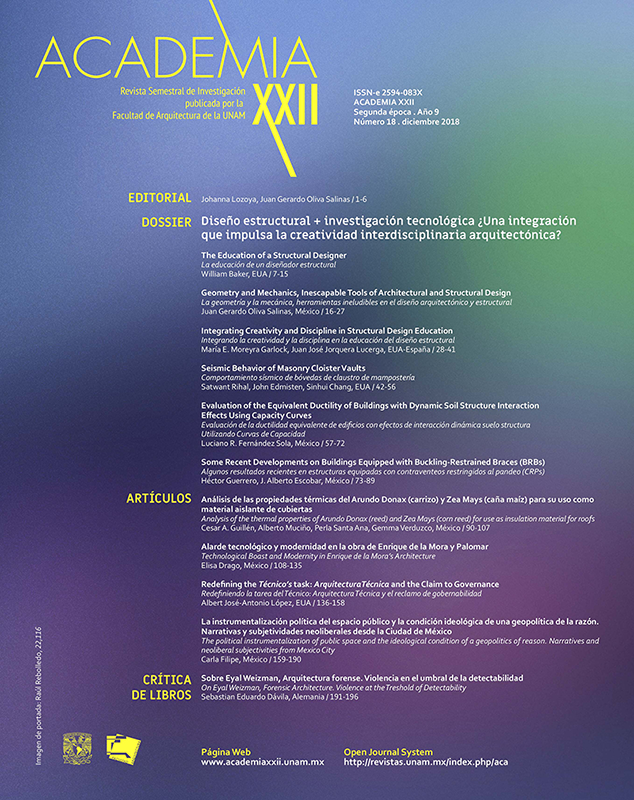Integrating Creativity and Discipline into Structural Design Education
Contenido principal del artículo
Resumen
In one of the most classic courses at Princeton University, it is argued that the best-designed structures (bridges, buildings and shells) are works of art – structural art. It teaches that design creativity involves both technical skills (discipline and rigor) plus aesthetic sensitivity. This course has been taught to structural engineers, architects and all liberal arts majors for more than forty years. This course on structural art is a gateway course for structural engineering majors that provides context and history and introduces the basic formulas that structural engineers use to create forms and designs. Such an approach needs to be rein- forced among upperclassmen once they have a deeper understanding of structural analysis and design. The curriculum of structural engineer- ing students, in other words, should be both rigorous and include the history of the profession. Such integrated teachings illustrate that ‘cre- ative play’ is iterative and ‘disciplined,’ that creativity takes courage and that constraints enable creativity. This article elaborates on these points and shows how such concepts are taught at Princeton starting in the freshman year and continuing on through graduate school.
